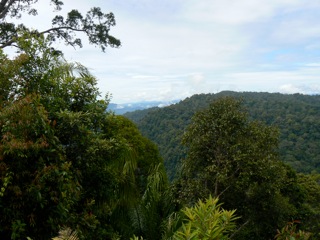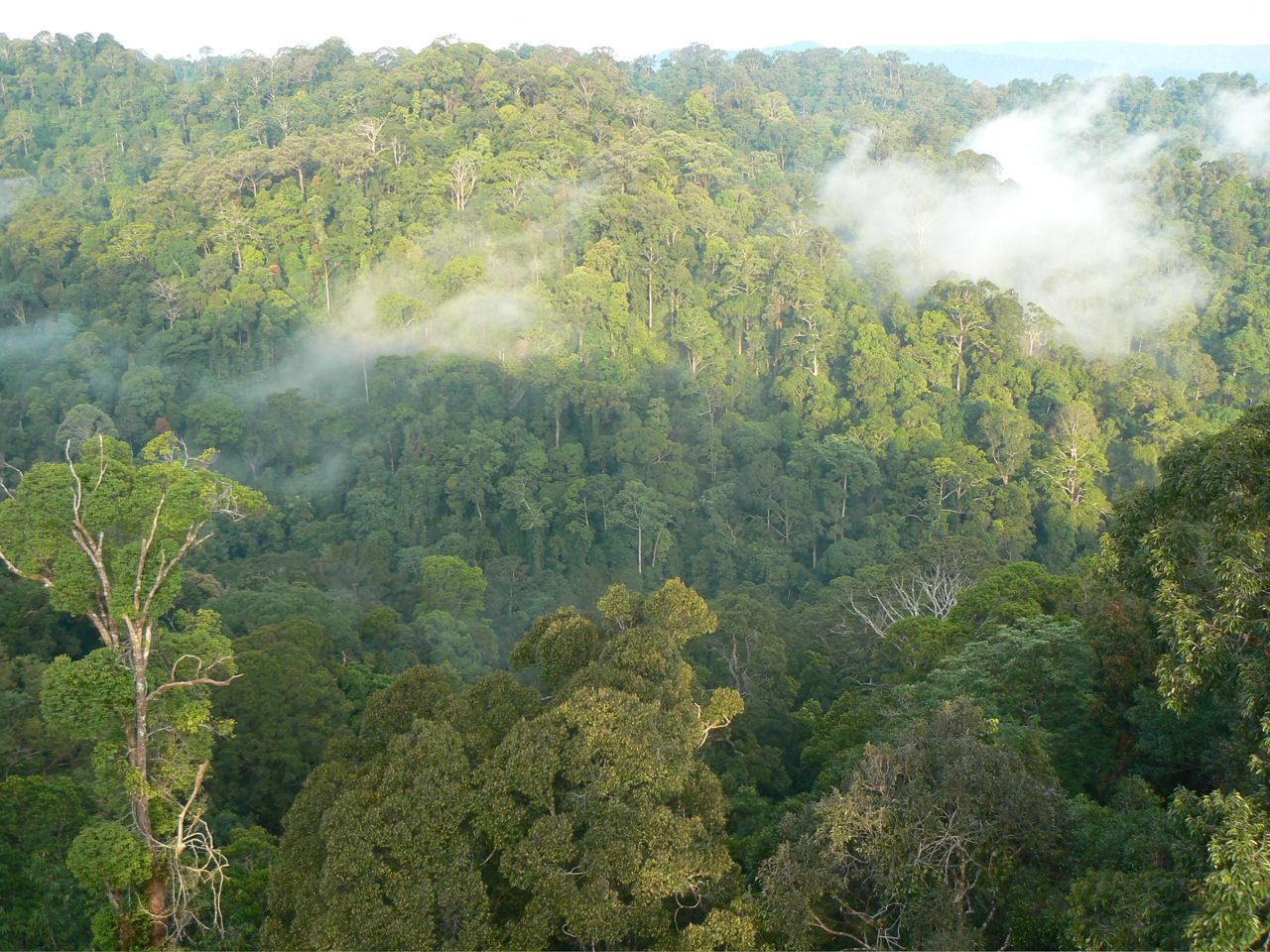|
In May and June 2008 I visited the island of Borneo. Borneo is the third biggest island of the world so I constrained my travel only to the north part of the island, containing the
two Malaysian provinces Sabah and Sarawak, and the tiny but very interesting sultanate of Brunei. The biggest part of Borneo belongs to Indonesia and is called Kalimantan. Unfortunately
the touristic infrastructure in Kalimantan is not good developed and the landscapes are more damaged than in the north part of the island, so I decided to forego it.
|
|
It was may be the most unusual journey I've ever made. Traveling I always carry the complete camping equipment with me. But this time I didn't use it very much. During my whole stay in Borneo
I've never pitched my tent and burnt only half of fuel in the fuel bottle of my camping stove. I even could avoid using my camping stove at all. It would be better to leave other parts
of my camping equipment at home too, like the water filter or machete.
|
|
In Patagonia, the destination of my last travel, there are plenty of possibilities to make many days trekking in the national parks and outside. In contrast to Patagonia are the natural
landscapes in Borneo almost completely destroyed. The jungle was cleared and huge areas are now covered with the oil palm plantations. Because of the deforestation and the heavy rain falls
the soil is washed out turning the former clear water rivers into muddy streams. That's especially frustrating, because the forests in the island Borneo are regarded as the least destroyed in the
Southeast Asia.
|

|
<<== Please click the photo on the left side to see the short travel report.
|

|
<<== Please click the photo on the left side to see the long travel report.
Please note!
To view the travel report you need a Flash plug-in installed in your browser. This plug-in is already preinstalled in the most modern browsers.
Directions for use
A separate window with the travel report will be opened. To go back to the homepage you have to close the window. Because there are no close button on the travel
report page, please use the standard close icon in the window title bar.
Click on the photo forwards you to the next one. It's also possible to view the pictures in a slideshow- mode. You can quick navigate to the arbitrary
photo using the thumbnail bar at the right edge of the window. This bar is mostly hidden. You can make it to appear by moving the mouse to the right edge
of the window.
By clicking the image in the left bottom corner the full screen mode could be started or stopped.
The audio-soundtrack could be stopped or paused. The sound volume is adjustable.
|
|
The few areas still covered with the pristine forest are now either protected as national parks or they are under logging operations (!). In the most national parks luxurious lodges were
built in expectation of rich and lazy tourists. Thus the long-distance trekking activities are mostly suppressed and if allowed, then only accompanied by two or sometimes three rangers.
Nevertheless I was lucky to avoid the luxury tourism by staying in the research centers for scientists (e.g. Danum Valley Research Center) or visiting very remote national parks,
where no lodges have built yet (e.g. Maliau Basin National Park).
|
|
The last natural landscapes in Borneo are very beautiful. The jungle is different than in Amazon or in tropical Africa. Thanks to the huge 60 to 80 m high trees from the
family Dipterocarpaceae is the jungle higher and stronger structured than in other tropical areas. The island is very mountainous. The most mountain ranges have an elevation between
1000 and 3000 m. The other highlights are the biggest limestone cave system and the most species-rich coral reefs in the world.
|
|
The people in Borne belong to many different tribes. This ethnic and cultural diversity makes traveling more interesting, e.g. it influenced the very diversified cuisine. Comparing to
Europe is especially the seafood very cheap on the island. The towns are mostly a mix of modern architecture and shanty town. There are only few areas, where the traditional architecture
like e.g. the long houses or the water villages were preserved.
|


